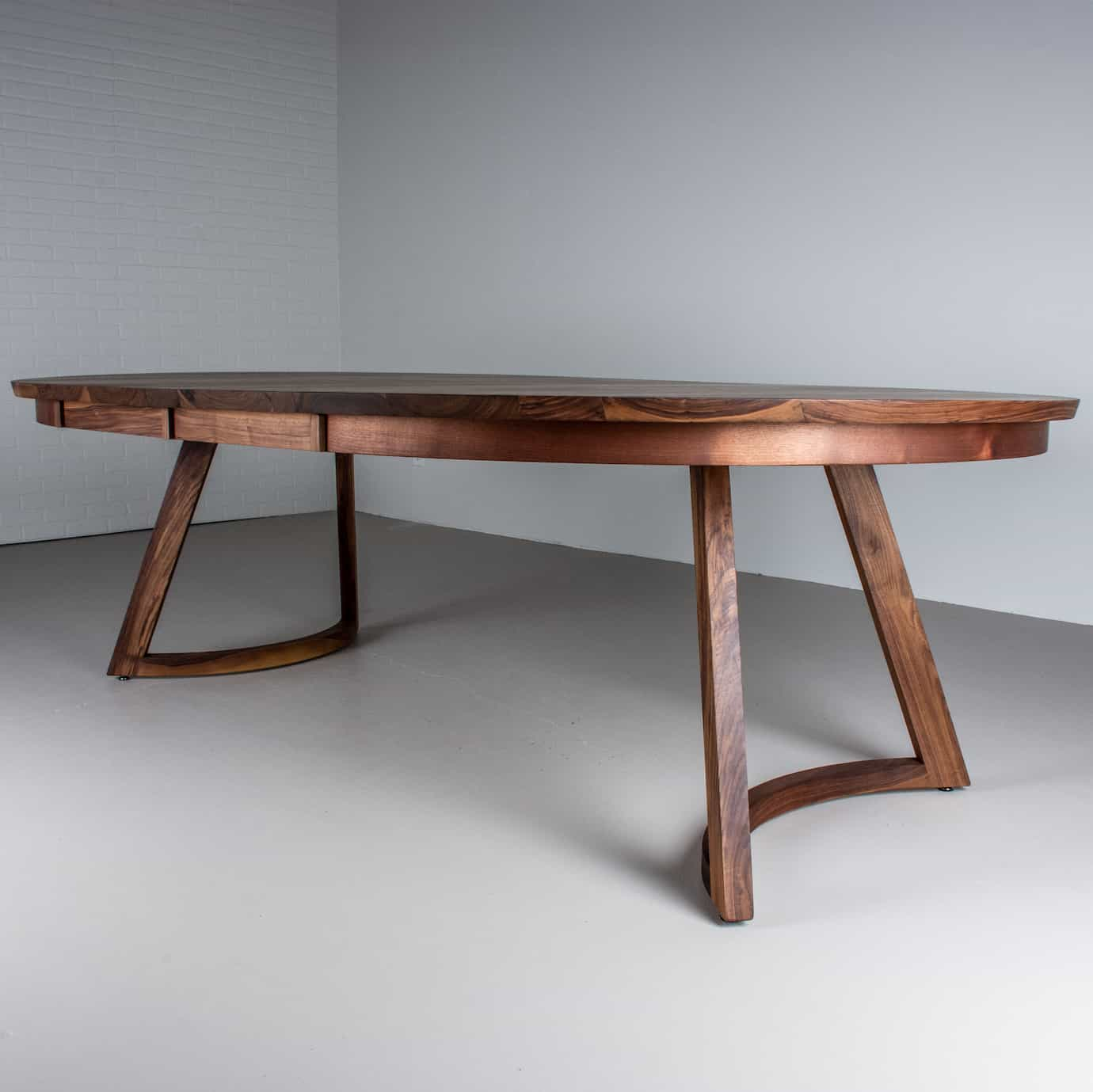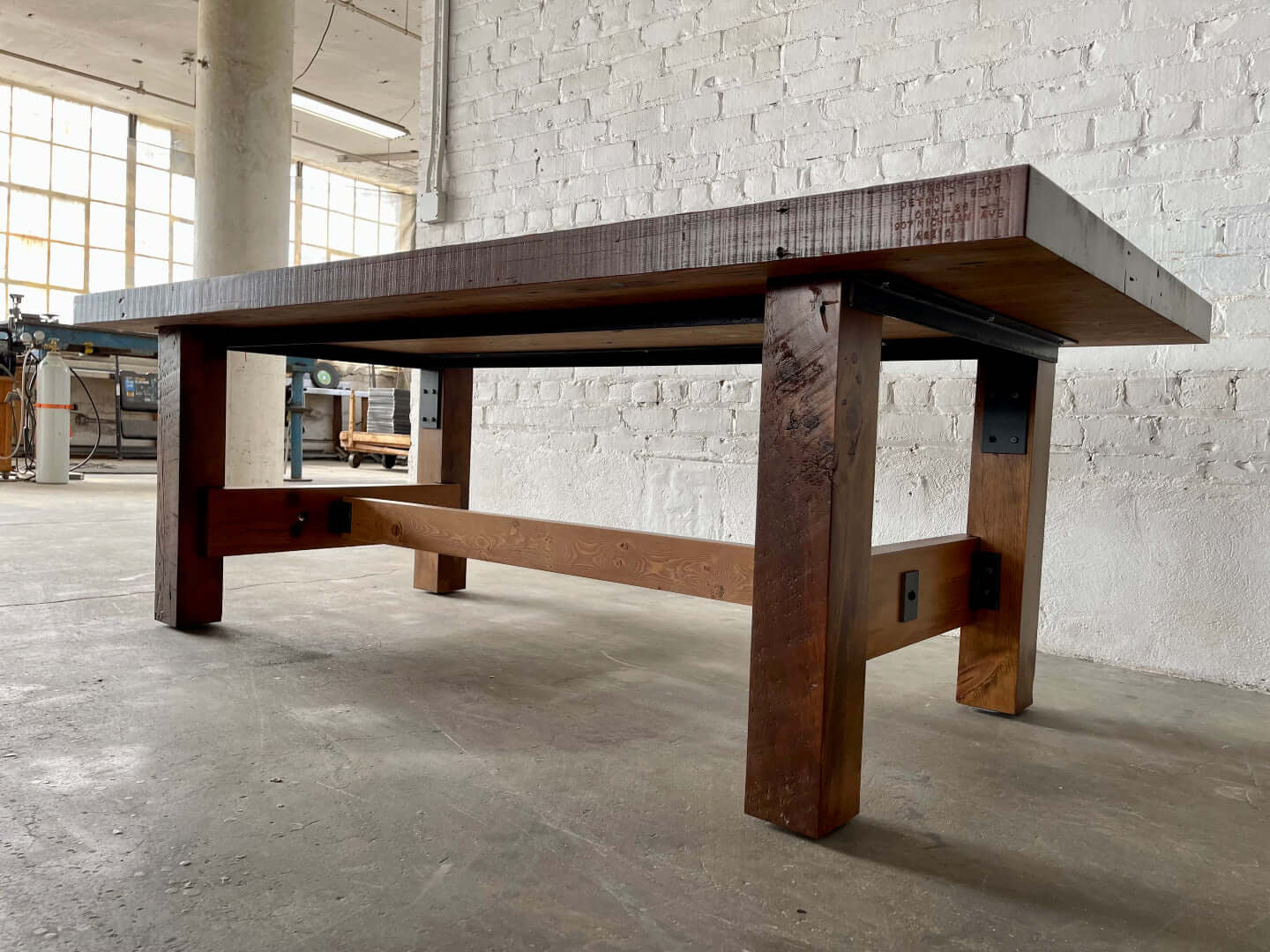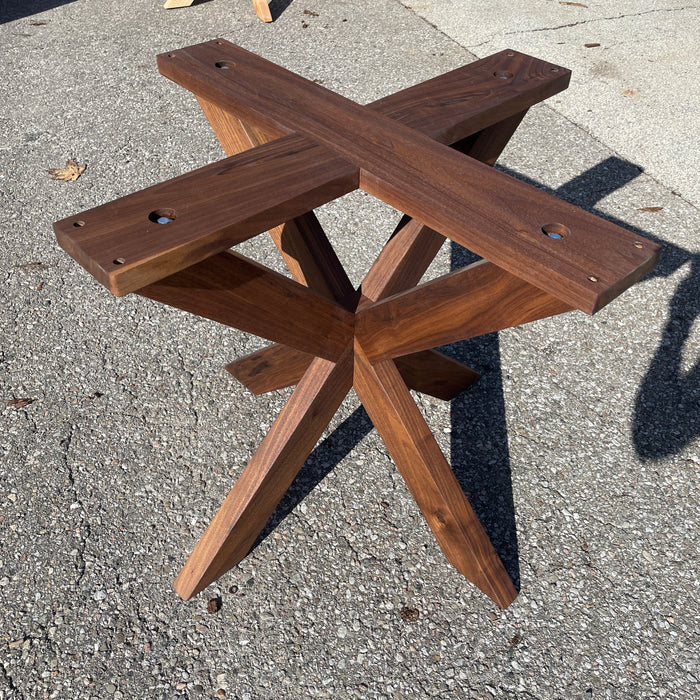Exploring the Different Kinds Of Eating Table Legs Timber for Your Dining Area
The selection of eating table legs wood can profoundly impact both the aesthetic and useful high qualities of your dining space. Strong wood options, such as oak and walnut, give a timeless appearance with unparalleled durability, while crafted wood alternatives use cutting-edge designs that simulate the richness of natural grains.
Strong Wood Options

Unlike crafted products, strong timber is less susceptible to bending and damage over time when appropriately maintained. Each piece of strong wood is one-of-a-kind, showcasing individual qualities that include to the charm and personality of the eating table.
Furthermore, strong timber can be completed in countless means, varying from natural oils to discolored surfaces, enabling house owners to individualize their furniture to match their decor. In summary, picking strong wood for dining table legs not just ensures architectural integrity yet additionally boosts the visual appeal of the eating area, making it a worthwhile financial investment for any home.
Engineered Timber Alternatives

Plywood, constructed from several layers of wood veneer, is specifically solid and steady, making it an excellent choice for eating table legs. Its split composition enables it to withstand modifications in moisture and temperature level better than standard strong wood. MDF, on the other hand, supplies a smooth surface area for paint or veneering, allowing developers to accomplish a polished appearance while preserving structural stability.
When choosing engineered wood choices, it is important to consider the intended use and preferred aesthetic. These products not only improve the capability of eating areas but additionally permit for higher layout adaptability, ensuring that typical and modern styles can exist together harmoniously.
Reclaimed Wood Includes
Recovered timber provides a distinct blend of sustainability and character, making it a progressively prominent option for dining table legs. Sourced from old barns, factories, and other frameworks, redeemed timber symbolizes a background that brand-new materials simply can not replicate. Each item lugs its very own tale, noted by distinctive blemishes, knots, and varying grain patterns, which add to a table's unique visual appeal.
In addition to its visual charm, recovered wood is an eco-friendly choice. By repurposing previously used products, it decreases the demand for brand-new lumber, thus assisting to conserve woodlands and reduce waste. This straightens with an expanding consumer choice for lasting methods in furnishings.
Moreover, reclaimed wood is usually a lot more durable than newly gathered wood due to its age. The natural drying procedure that reclaimed timber undergoes outcomes in a denser and stronger product, making it much less susceptible to address bending and splitting. This boosts the durability of eating tables, allowing them to withstand the roughness of daily usage.
Softwood vs. Wood
When choosing eating table legs, recognizing the distinctions in between softwood and wood is essential for achieving both visual and practical goals. They normally show an even more rustic appearance, making them appropriate for laid-back or country-style eating rooms.
On the various other hand, hardwoods, sourced from deciduous trees like oak, maple, and cherry, are renowned for their density, toughness, and resilience. The detailed grain patterns and abundant tones of woods provide a advanced and ageless appeal, making read this them ideal for formal eating settings. While woods tend to be extra costly and larger, their strength against wear and tear typically validates the investment.
Eventually, the option between softwood and hardwood for eating table legs need to straighten with your design vision, usage demands, and budget plan, making certain that your eating area reflects your individual design while staying practical over time.

Therapies and coatings
The visual charm and longevity of table legs can be substantially boosted through different surfaces and treatments. These procedures not just shield the timber from damages but also elevate its look, permitting it to complement varied interior designs.
One typical therapy is staining, which passes through the wood and improves its all-natural grain while including color. Stains offer a rich, elegant look, making it possible for homeowners to match their furniture with existing style. Alternatively, clear finishes such as polyurethane or varnish develop a safety layer without altering the timber's initial shade, guaranteeing toughness versus damage.
Furthermore, all-natural oils, like tung or linseed oil, nurture the timber and use a refined sheen, all while being green. These oils permit the surface to breathe, preventing moisture build-up and potential bending.
For those looking for a rustic appeal, troubled or weathered coatings can be used to develop an aged look, including character to the piece. Ultimately, the option of treatments and coatings depends upon individual preference, wanted aesthetics, and the details wood kind, making it vital to consider these aspects when choosing table legs for your room.
Conclusion
Solid woods, engineered options, and recovered choices each offer distinctive advantages, catering to various choices and needs. Eventually, the selection of timber kind should align with preferred design, sturdiness, and environmental considerations, boosting the total dining experience.
The option of eating table legs timber can greatly influence both the practical and aesthetic top qualities of your dining room - Dining Table Legs Wood. Solid wood alternatives, such as oak and walnut, provide a timeless appearance with unequaled longevity, while crafted timber alternatives use ingenious styles that mimic the splendor of check out this site natural grains. Strong timber supplies a classic high quality that can boost the general style of a dining room. Each item of strong timber is special, showcasing individual qualities that add to the beauty and personality of the eating table
Moreover, recovered timber is frequently extra resilient than recently collected wood due to its age.
Comments on “Redefine Your Table's Charm with Attractive Dining Table Legs Wood Layouts”